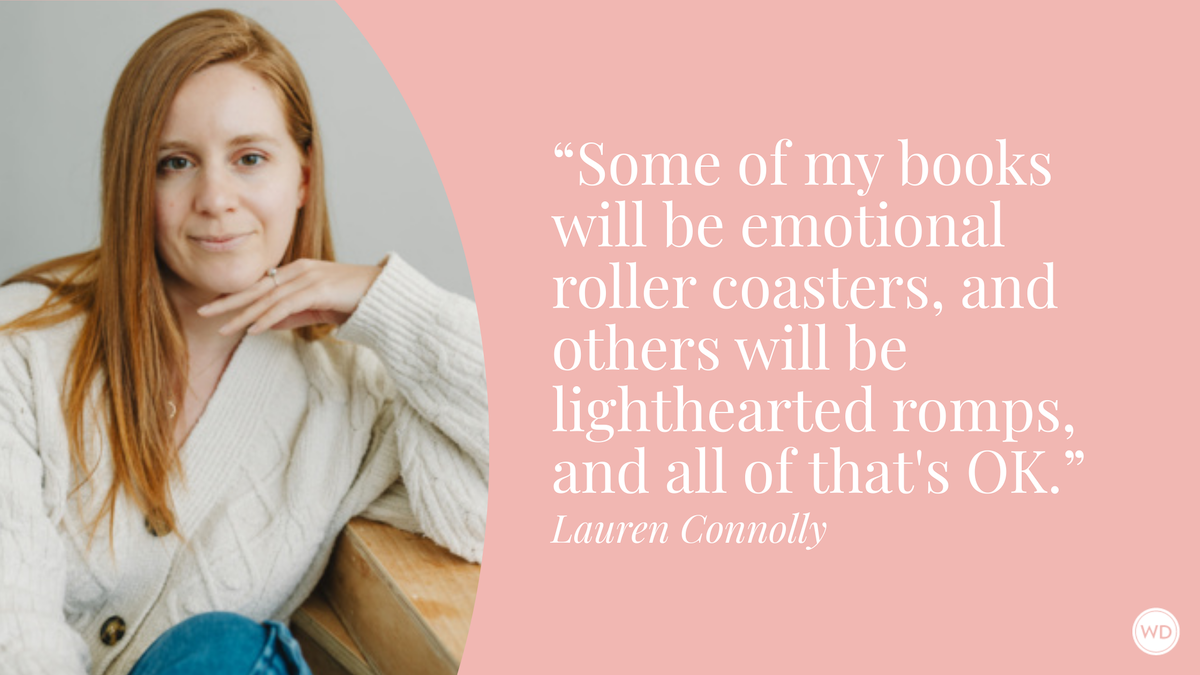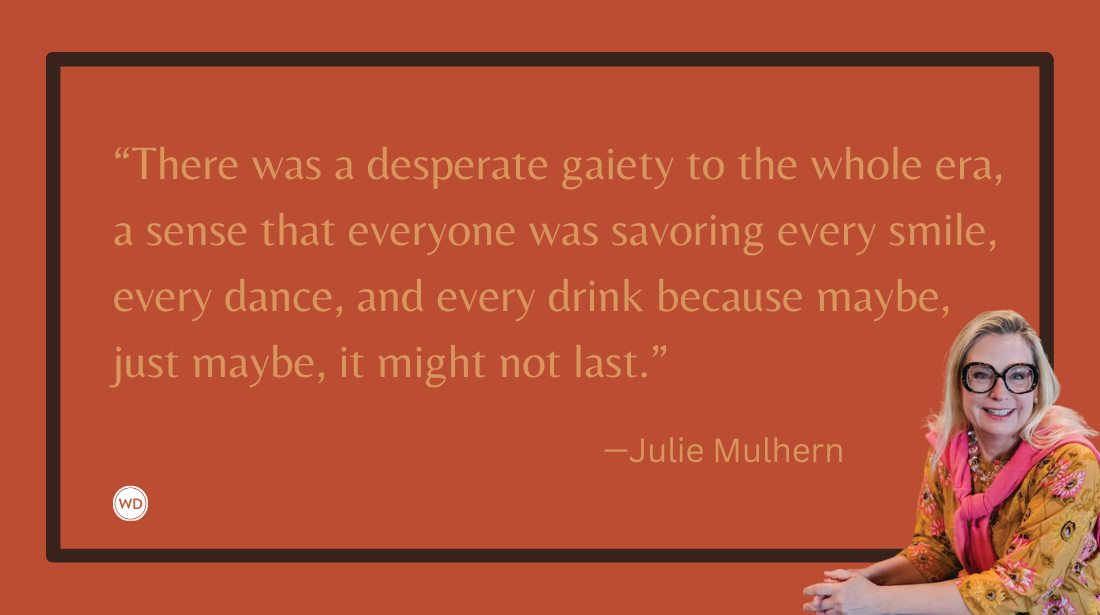How to Design Your Novel For Film Adaptation
If you regard your writing career as a business, you should be planning your novel at the drawing board to make it appealing to filmmakers. Here’s how.
Mid-career novelists seeking representation complain that none of their books have been made into films. At any given moment, we in Los Angeles have literally stacks of novels from New York publishers on our desks. Going through them to find the ones that might make motion pictures or television movies, we—and other producers, managers, and agents—are constantly running into the same problems:
Order a copy of Ken Atchity's Sell Your Story to Hollywood: Writer's Pocket Guide to the Business of Show Business.
Common Problems in Novel-To-Film Adaptation
- “There’s no third act…it just trickles out.”
- “There are way too many characters and it’s not clear till page 200 who the protagonist is.”
- “I can’t relate to anyone in the book.”
- “At the end, the antagonist lays out the entire plot to the protagonist.”
- “There’s not enough action.” Not just action but dramatic action.
- “There’s nothing new here. This concept has been used to death.”/“We don’t know who to root for.”
- “The whole thing is overly contrived.”
- “There’s no dialogue, so we don’t know what the character sounds like.”
- “There’s no high concept here or a new way into a familiar concept. How do we pitch this?”
- “There’s no real pacing.”
- “The protagonist is reactive instead of proactive.”
- “At the end of the day, I have no idea what this story is ”
- “The main character is 80, and speaks only Latvian.”
- “There are no set pieces.”
Of course anyone with the mind of a researcher can list a film or two that got made despite one of these objections. But for novelists who are frustrated at not getting their books made into films that should be small consolation and is, practically speaking, a futile observation. Yes, you might get lucky and find a famous Bulgarian director, who’s fascinated with the angst of octogenarians, studied pacing with John Sales or Jim Jarmusch, and loves ambiguous endings.
But if you regard your career as a business instead of a quixotic crusade, you should be planning your novel at the drawing board to make it appealing to filmmakers.
Characters
Characters are the most important element of the story and should generate the action, the setting, and the point of view. Your job as a writer is to give us insight into each and every character in your story, no matter how evil or virtuous his or her actions may be. Characters are the heart of the drama.
- Give us a strong protagonist whose motivation and mission shape the action and who, good or bad, is eminently relatable—and who’s in the “star age range” of 35-50 (where at any given moment twenty male stars reside, and maybe ten female stars; a star being a name that can set up the film by his attachment to it).
- Make sure a dramatist looking at your book will clearly see three well-defined acts: act one (the setup), act two (rhythmic development, rising and falling action), and act three (climax leading to conclusive ending).
- Express your character’s personality in dialogue that distinguishes him, and makes him a role a star would die to play.
- Make sure your story has a clear-cut dramatic premise, e.g., unbridled ambition leads to self-destruction or you can’t go home again.
Have someone in the film industry read your synopsis or treatment before you commit to writing the novel.
Revise accordingly.
Though I’ve observed the phenomena for several decades now, it still surprises me that even bestselling novelists, even the ones who complain that no one has made a film from their books yet, don’t write novels dramatic enough to lend themselves easily to mainstream film. It’s a well-known, but lamentable, phenomenon in publishing that, with very few exceptions, the more books a novelist sells the less critical his publisher’s editors are of his work. So time and again we read novels that start out well, roar along to the halfway point, then peter off into the bogs of continuous character development or action resolution.
A publisher invests between $25,000 and $100,000 or more in publishing your novel. A low-budget feature film from a major Hollywood studio today costs at least $50 million. There is, from a business point of view, no comparison. Risking $50 million means the critical factor is raised as high as can be imagined when your book hits the “story department”—much higher than the critical factor of even the biggest publishers. Hollywood studies what audiences want by keeping track, in box office dollars, cents, and surveys--what they respond best to.
If you want to add film to your profit centers as a novelist, it would behoove you to study what makes films work. Disdaining Hollywood may be a fashionable defense for writers who haven’t gotten either rich or famous from it, but it’s not productive in furthering your cinematic career or building your retirement fund.
Writer/editor/literary manager/producer Ken Atchity has made hundreds of film and television deals for storytellers wanting their books to be films--including movies, series, and reality shows--since he began producing in 1987 after retiring from his tenured professorship at Occidental College. Also, as literary manager his authors have logged nearly twenty New York Times bestsellers. His own most recent novels are The Messiah Matrix and Brae Mackenzie. Dr. Atchity is also the creator of the free on-demand webinar presentation "Sell Your Story to Hollywood" for aspiring storytellers available at realfasthollywooddeal.com.









